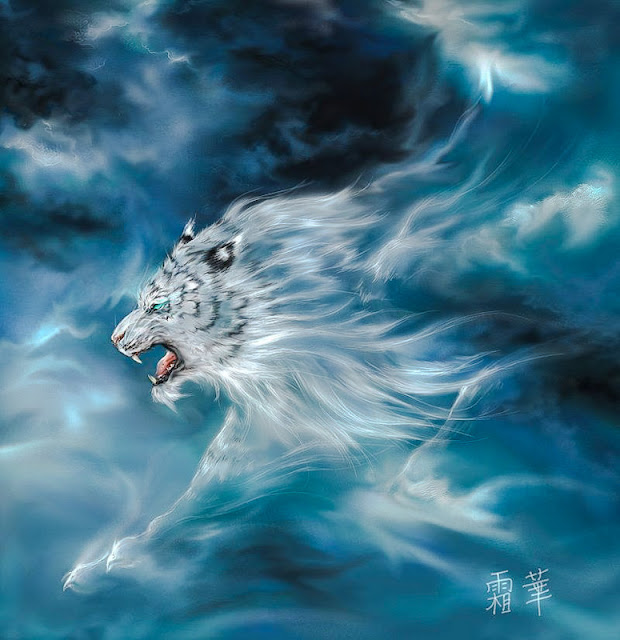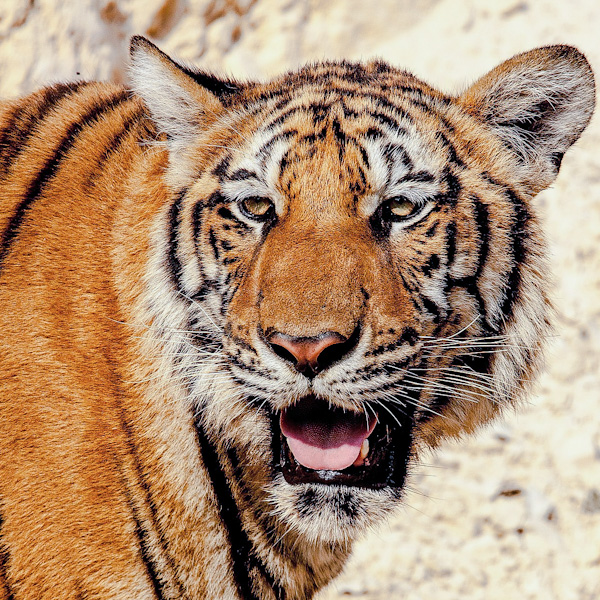Tiger Bone (tiger products)
I would like, briefly, to talk about tiger bone. In fact, any part of the tiger will do. Pretty much every part of the tiger has a value and some parts are extremely expensive. It is all about supply and demand. The tiger's bones are ground down for tiger bone wine. It is also used in a number of medicinal concoctions that are claimed to treat such things as: fright, dysentery and ulcers. It is also used to ward off the devil if you have a bath in it. The extinction of the South China tiger is substantially due to the market in tiger bones.
Tiger farms in China produce the tigers and sell the wine. The tiger is subject to market forces. It is a product.
| Tiger Product | Price $ USD per Kg | Place | Date |
| Bone | 130 | Nepal | 2002 |
| Bone | 130-175 | Vietnam | 2002 |
| Bone | up to 300 | Russia | 2002 |
| Bone | 140-370 | South Korea, Taiwan | 2009 |
| Penis Soup | 320 | Taiwan | 2009 |
| Humerus bone | up to 3190 | Seoul | 2009 |
| Eyes (2) | 170 | Taiwan | 2009 |
See a page on Tiger Farms, another abuse of the world's most popular animal and a disgrace to humanity. The link opens in a new window.
The fact that tiger populations continue to fall worldwide clearly indicates that the tiger is more valuable dead than alive and that there is more money in trading tiger parts than in conservation if we measure things strictly from a commercial standpoint, which we have to do, to be honest.
Tiger poachers outnumber tiger conservationists. Tiger poachers outsmart conservationists. This is because despite the substantial financial input into tiger conservation it is but a drop in the ocean compared to the tiger body part market, which is supposed to be worth $billions. A tiger's penis cost $6,500. It is meant to improve a man's virility!
I know it is horrible. Tiger bodies and body parts
at a tiger farm. Photo by International Tiger Coalition
at a tiger farm. Photo by International Tiger Coalition
Clever cat conservation would ensure (if it is possible) that the tiger is worth more alive than dead. It we can work within the financial framework under which everything ticks along in this world and devise schemes whereby local people gain financially from the presence of the tiger then these people will ensure that it is protected.
If the tiger is at best a nuisance to local people and at worse causes fear and panic then the poachers have an easier time of it.
Money is the best motivator rather than the high principled but unfocused objective of saving the tiger for the planet (which is what I have said but see the futility of it). The tiger must be saved for all people but 99.9% of the world's people don't get near a tiger. It is all too remote and has no bearing on their lives. It is hard to motivate these people.
And the general human view is that if something is very rare and expensive it must be desirable. People want the rare and desirable. And for the tiger than translates to wanting to eat and drink it.
It is possible to see the situation arising where the remaining tigers become so valuable to poachers that it becomes all but impossible to protect them. There is also the problem of viable population sizes. As the tiger becomes rarer and populations crash the tiger reaches a situation where it cannot sustain itself because of inbreeding depression and a failure to retain its position as the top predator.
So, it is all about money and tiger bone is now worth more than tiger skin but it is cheaper than tiger penis! Certain tiger bones are worth more than others. The upper bone of the forelimb seems to be the most valuable. Probably because this is the limb that is the strongest. It pulls down prey and holds prey. People want a piece of that strength. And people do actually still believe that if you eat a bit of a tiger you imbue into yourself some of the tiger's strength and something that we as humans don't have.
Of course, all the trade in tiger parts is illegal. Well, I am not sure is that is the right term. It is a breach of CITES (Appendix I) (Convention on International Trade in Endangered Species of Wild Fauna and Flora). CITES in relation to cats. A convention is an international agreement but enforcement is all but impossible.
Tiger bone products are believed to strengthen bones and joints. Is there any firm scientific evidence that it actually achieves this? I would be very surprised if there was.
European countries play their part to. In the UK there are shops that sell traditional Chinese medicine and some of these products contain tiger bone. Nothing is done to stop this as far as I can see.
It is interesting to note that the purchasers of traditional Chinese medicine (TCM) usually are unaware of the ingredients. It is thught that few ask for tiger bone. The disregard for the sustainability of the use of tiger bone originates in the practitioner of TCM. He or she should be educated. Apparently not. The education of customers might help in reducing demand but I am not optimistic about that.
Neither am I optimistic in regards to other proposed measures to stop the use of tiger bone:
- Stronger laws prohibiting use of tiger bone and other tiger body parts. Problem: lack of enforcement due to corruption and lack of commitment.
- Increased penalties for illegal trading in tiger body parts. Problem: lack of will and corruption.
- Introducing law enforcement officers into the black market on illegal trade. Problem: corruption. The officers would probably start trading themselves.
- Introducing substitutes for tiger bone. Problem: these are already available. There is no scientific evidence that tiger bone achieves anything anyway. As alternatives are available and nothing has happened, I detect a lack of will and desire from the top to change.
- Create tighter laws, enforce them effectively by rewarding the enforcement officers financially at a level that is greater than the profit in trading tiger bones -- that would work!
From Tiger Bone to Wild Cat Species.




Yes, it is that.
ReplyDelete